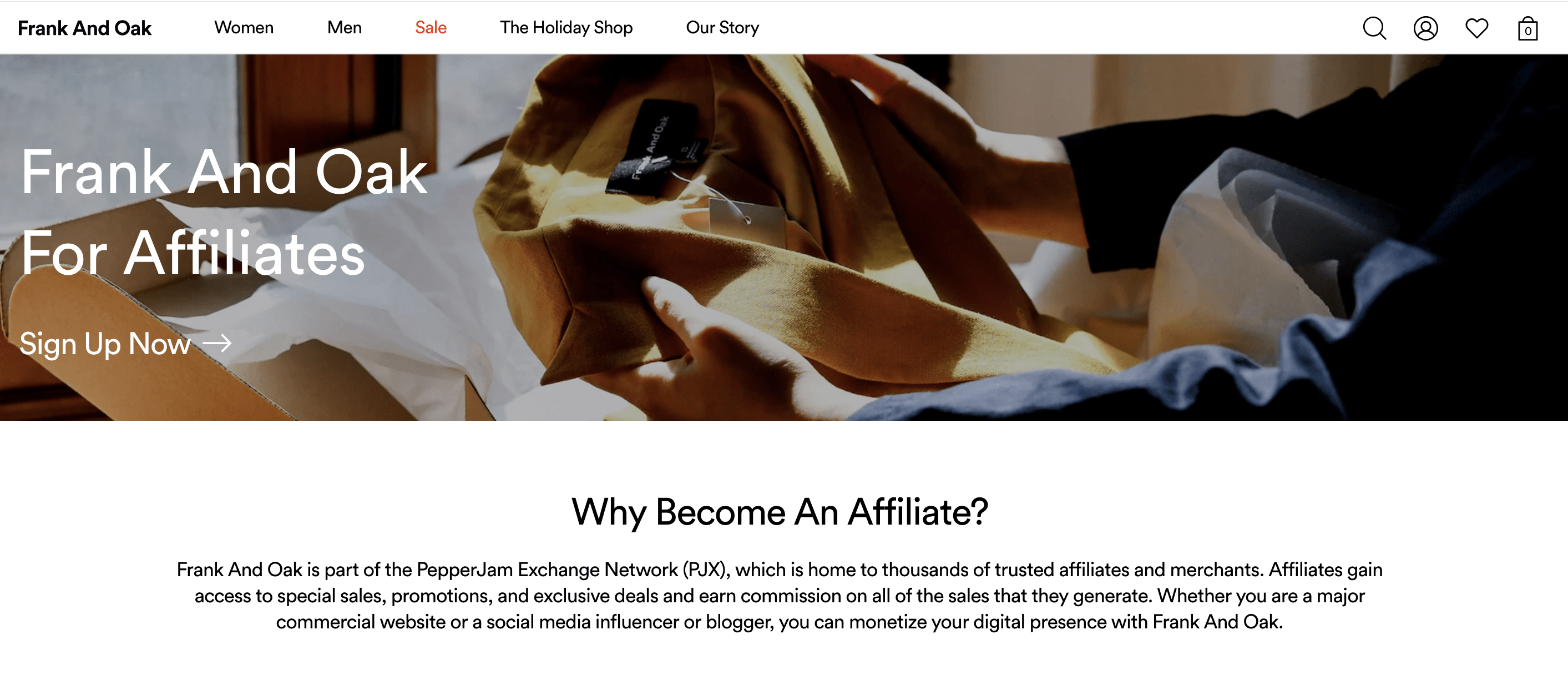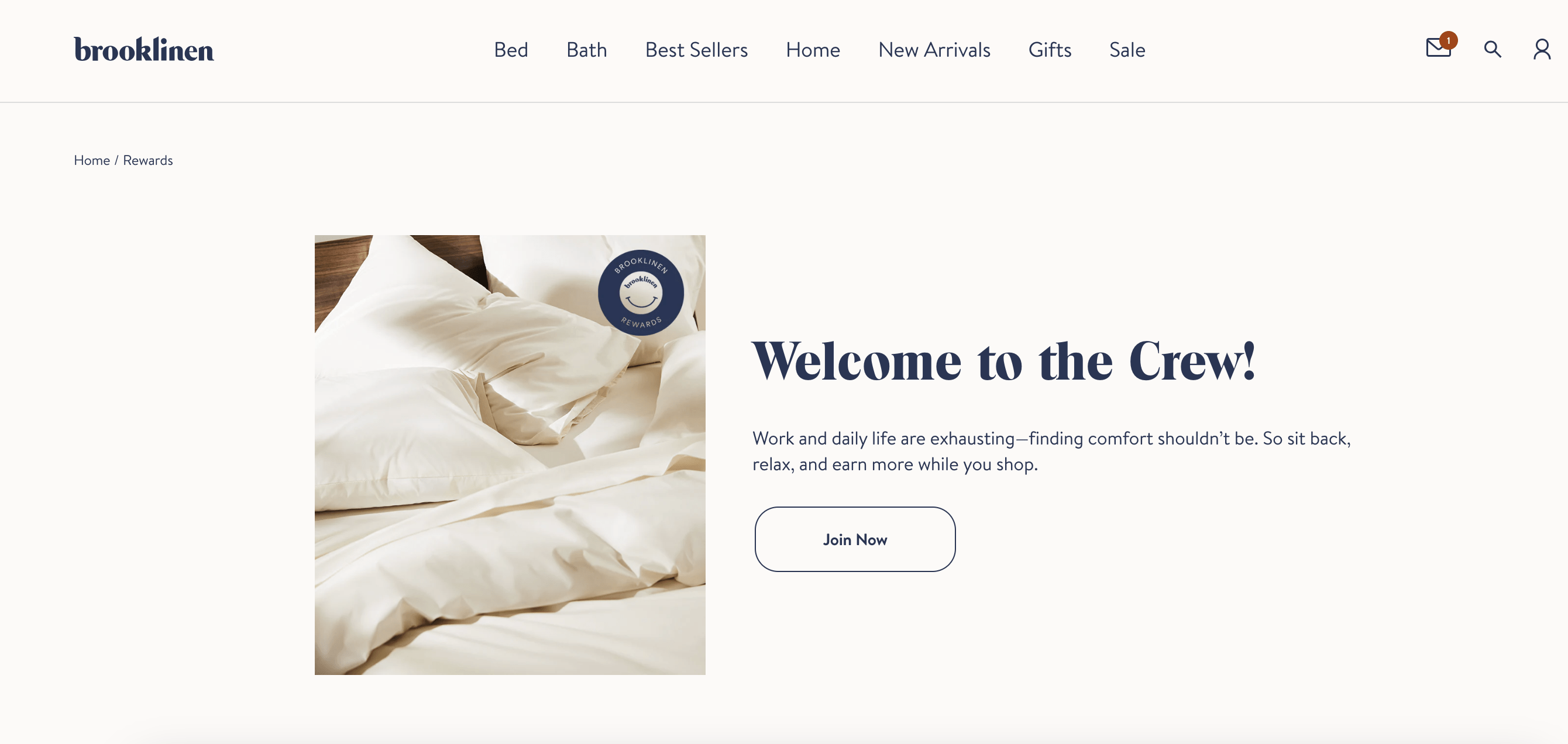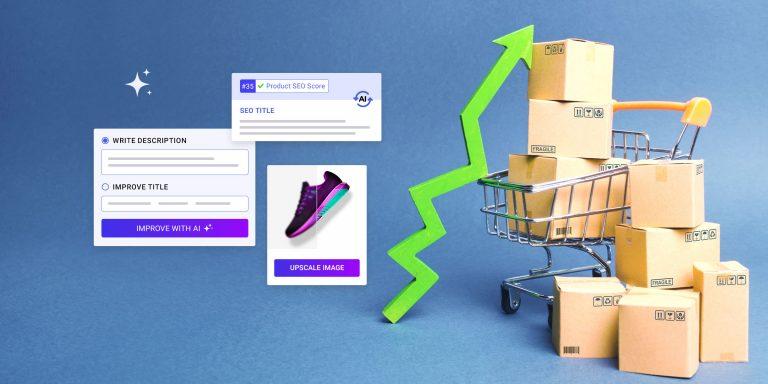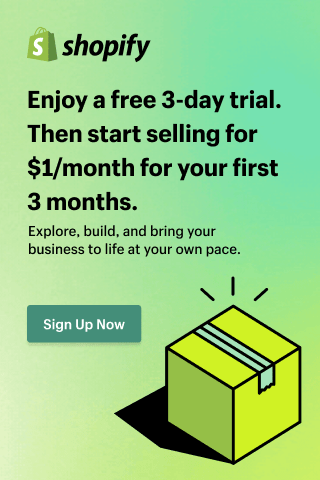When it comes to boosting your dropshipping sales, traditional advertising strategies can be effective, but they often come with high costs and low returns.
Now, we already talked about the power of content marketing, video marketing, influencer marketing and social media for dropshipping. Besides these tactics, what more can you do to drive more sales while staying budget-friendly and authentic? Enter referral programs, a tried-and-true strategy that unlocks the power of word-of-mouth marketing to grow your business.
In this article, we’ll break down everything you need to know about creating and optimizing a referral program for your dropshipping store. From the basics to advanced tips, read on to learn how to turn happy customers into your best brand ambassadors.
Table of Contents
Why referral programs work for dropshipping
Remember the last time you made a purchase based on a friend’s recommendation? Well, that’s the power of referrals. They work because they are built on trust, and trust is one of the hardest things to establish in the crowded ecommerce space.
Here’s why referral programs are particularly effective for dropshipping businesses:
Cost-effective marketing
Referral programs cost significantly less than paid advertising. Instead of paying for clicks or impressions, you reward customers only when they bring in new paying customers.
Increased customer trust
People trust recommendations from friends and family far more than they trust ads. A Nielsen study found that 88% of consumers trust referrals from people they know.
Scalability
As your happy customers refer more people, the effect compounds. Over time, this creates a snowball effect that drives consistent growth.
Retention boost
Referral programs don’t just bring in new customers; they keep your existing customers engaged by incentivizing them to stay connected to your brand.
How to set up a referral program for your dropshipping store
A successful referral program doesn’t happen by accident. It requires careful planning and execution. Here’s how to set it up:
1. Define your goals
Start by identifying what you want to achieve with your referral program. Common goals include:
- Increasing sales
- Acquiring new customers
- Boosting brand awareness
Clear goals will help you determine the structure of your program and how to measure its success.
2. Choose the right rewards
Your referral program’s success depends on the rewards you offer. Consider incentives that resonate with both your existing customers and new referrals:
- Discounts: Offer a percentage off their next purchase.
- Cashbacks: Provide monetary rewards for successful referrals.
- Exclusive products: Give access to limited-edition items or early product launches.
- Store credit: Reward customers with points they can use for future purchases.

3. Keep it simple
The more complicated your referral program, the less likely people are to participate.
Ensure that:
- The referral process is easy to understand.
- Rewards are clearly explained.
- Instructions for participation are straightforward.
4. Leverage technology
Use tools and apps to automate your referral program. Many platforms, like Shopify and WooCommerce, offer plugins or integrations that make managing referrals seamless.
Tools like Friendbuy, ReferralCandy, and InviteReferrals are great options to explore.
Strategies to promote your referral program
Having a referral program is only half the battle; you also need to promote it effectively. Here’s how:
1. Feature it on your website
Create a dedicated landing page for your referral program. Use compelling copy to explain how it works and why customers should participate. Add banners and pop-ups throughout your site to drive traffic to this page.
2. Use social media
Leverage platforms like Instagram, Facebook, and TikTok to showcase your referral program. Share engaging content, such as customer testimonials and success stories, to highlight its benefits.
3. Include it in emails
Add a referral program invitation to your email marketing campaigns. Send personalized messages to your top customers, encouraging them to participate.
4. Offer time-sensitive rewards
Create urgency by offering bonus rewards for referrals made within a specific time frame. For example, “Double your rewards this month!”
5. Partner with influencers
Collaborate with influencers in your niche to spread the word about your referral program. Their endorsement can lend credibility and drive more participants.
Tips for optimizing your referral program
Even the best referral programs can benefit from regular optimization. Here are some tips to keep yours running smoothly:
1. Track and analyze performance
Use analytics tools to monitor the effectiveness of your referral program. Pay attention to metrics like:
- Number of referrals
- Conversion rates
- Customer lifetime value
Analyze these metrics to identify areas for improvement.
2. Test different incentives
Not all rewards will resonate with your audience. Experiment with different types of incentives to see what works best.
3. Personalize the experience
Make participants feel valued by personalizing your communications. Use their names in emails and tailor messages to their preferences.
4. Keep participants engaged
Reward your top referrers with bonus incentives or special recognition. Create leaderboards to foster friendly competition.
5. Stay transparent
Clearly communicate the terms and conditions of your referral program. Transparency builds trust and encourages participation.
Case studies: successful referral programs in action
Looking for inspiration? Here are a couple of real-world examples of ecommerce referral programs that delivered impressive results:

Frank & Oak
Frank & Oak, a menswear store focused on sustainable fashion, runs a standout affiliate partnership program. Affiliates earn 5% commissions on all referred purchases while offering their audiences exclusive deals and promotions.

Brooklinen
Brooklinen, a popular bedding company, incentivizes referrals with 1,000 points for existing customers, which can be redeemed for store credit or products. New customers enjoy $25 off their first order of $100 or more, boosting initial purchases.

Saie
Beauty brand Saie’s referral program, “Give $10, Get $10,” rewards both parties. New customers receive $10 off their first order, and referring customers earn $10 in store credit for every successful referral, promoting loyalty and repeat business.
Potential challenges and how to overcome them
Like any marketing strategy, referral programs come with challenges. Here’s how to address some common issues:
1. Low participation rates
If customers aren’t joining your program, consider offering more attractive rewards or simplifying the process.
2. Fraudulent referrals
Implement anti-fraud measures, such as IP address tracking, to ensure referrals are legitimate. Choose tot work with referral program tools that include anti-fraud measures.
3. Lack of awareness
If customers don’t know about your program, ramp up your promotional efforts through email campaigns, social media, and website banners.
Why a referral program is perfect for dropshipping
So, all in all, even though referrals can be challenging, we strongly believe these programs can be especially well-suited for dropshipping businesses if done right.
Here’s why:
- Dropshipping depends on trust, and referrals build trust through personal recommendations.
- Low overhead costs make referral rewards affordable.
- Scalable automation tools align perfectly with the hands-off nature of dropshipping.
Conclusion
So, a referral program is more than just a marketing tool, it’s a way to build lasting relationships with your customers while driving sales and brand awareness. If you reward loyal customers and turn them into brand advocates, you can leverage the full potential of word-of-mouth marketing.
Now, remember to start small, test what works, and refine your program over time. With the right approach, your referral program can become a powerful engine for sustainable growth in your dropshipping business. So, what are you waiting for? It’s time to let your happy customers spread the word and help your business grow.











